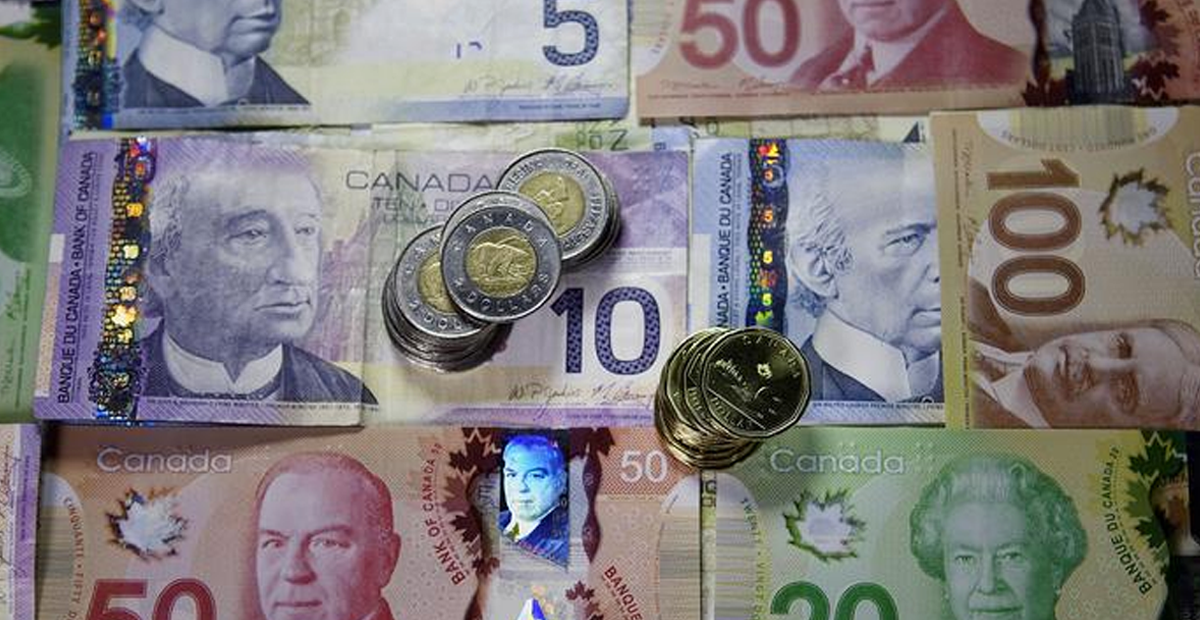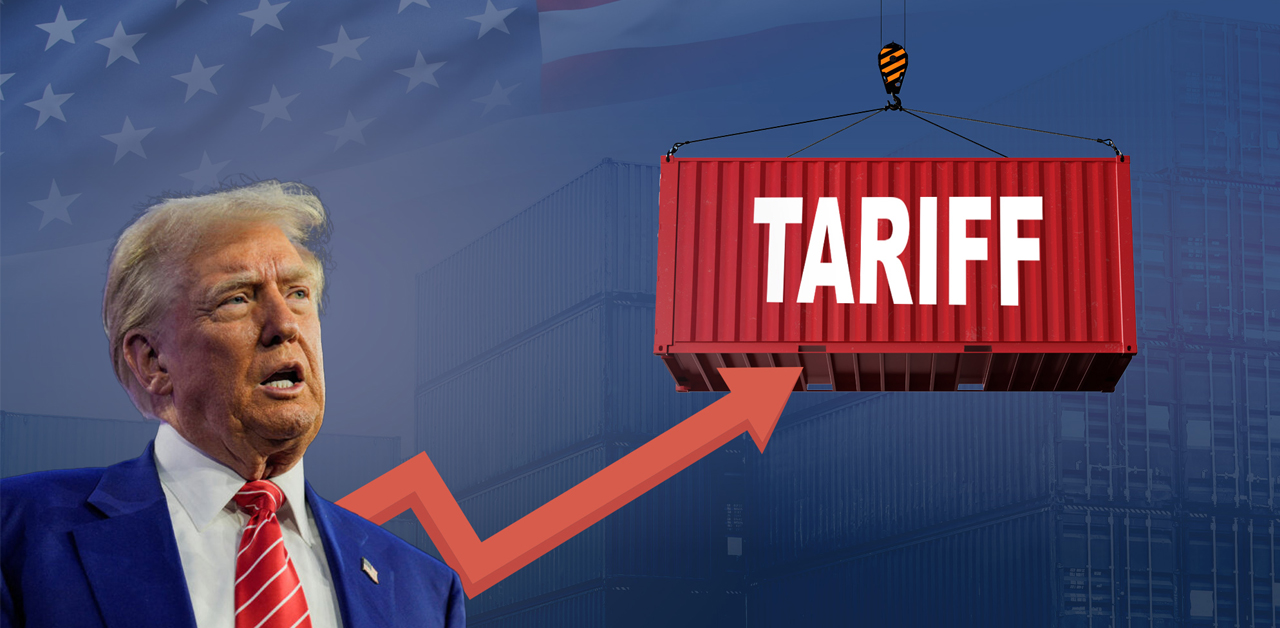USD/CAD Drops as US Dollar Weakens and Oil Prices Fall
The USD/CAD currency pair ended its five-day rally, settling at around 1.3820 during the Asian trading session on Wednesday. This shift was primarily due to a modest correction in the US Dollar (USD), which exerted downward pressure on the pair. Despite this, declining crude oil prices were seen as a potential threat to the Canadian Dollar (CAD), likely capping further losses in the USD/CAD pair.
Recent Canadian economic data has played a significant role in the forex dynamics. The latest inflation metrics could influence the Bank of Canada’s (BoC) monetary policy decisions, particularly the possibility of easing borrowing conditions at its upcoming June meeting. Notably, the core inflation rate, which is a critical indicator for the central bank, showed continued signs of moderation.
The Consumer Price Index (CPI) rose by 0.6% month-over-month in March, slightly below the anticipated 0.7%, but still above February’s 0.3% increase. Annually, CPI increased by 2.9%, marginally higher than the previous 2.8%. More critically, the year-over-year Core CPI, which excludes volatile items such as food and energy, increased by 2.0%, down from 2.1% in the prior measurement, indicating a potential easing of inflationary pressures. On a monthly basis, the Core CPI saw a 0.5% increase, significantly higher than the previous month’s 0.1% rise.
Meanwhile, in the United States, Federal Reserve (Fed) officials have maintained a hawkish tone which might support the USD in the short term. The US Dollar Index (DXY), after reaching a five-month peak at 106.51, experienced a slight retreat due to a decrease in US Treasury yields.
Fed Chairman Jerome Powell’s recent comments have underscored this perspective. During a speech on Tuesday, Powell acknowledged the robustness of the US economy but cautioned that progress towards the Fed’s 2% inflation target has been slower than expected this year. Powell’s statement indicated that more time and possibly more stringent monetary measures would be needed to stabilize inflation rates.
This hawkish outlook from the Fed contrasts with the potential dovish turn by the BoC, based on the Canadian inflation data. Such diverging paths could influence the USD/CAD pair significantly in the coming weeks. The interplay between US monetary policy and Canadian economic indicators will likely be a key driver of the pair’s movements as traders and investors recalibrate their expectations based on these developments.
In summary, while the USD/CAD has paused its recent uptrend due to a combination of factors including US Dollar corrections and weaker oil prices, the underlying economic indicators from both Canada and the United States will play crucial roles in determining its future direction. Investors should keep a close watch on upcoming economic releases and central bank statements to better navigate this volatile currency pair.












